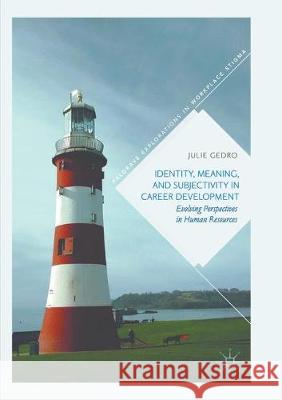Identity, Meaning, and Subjectivity in Career Development: Evolving Perspectives in Human Resources » książka
topmenu
Identity, Meaning, and Subjectivity in Career Development: Evolving Perspectives in Human Resources
ISBN-13: 9783319846927 / Angielski / Miękka / 2018 / 159 str.
Identity, Meaning, and Subjectivity in Career Development: Evolving Perspectives in Human Resources
ISBN-13: 9783319846927 / Angielski / Miękka / 2018 / 159 str.
cena 483,04
(netto: 460,04 VAT: 5%)
Najniższa cena z 30 dni: 462,63
(netto: 460,04 VAT: 5%)
Najniższa cena z 30 dni: 462,63
Termin realizacji zamówienia:
ok. 22 dni roboczych
Bez gwarancji dostawy przed świętami
ok. 22 dni roboczych
Bez gwarancji dostawy przed świętami
Darmowa dostawa!
Kategorie:
Kategorie BISAC:
Wydawca:
Palgrave MacMillan
Seria wydawnicza:
Język:
Angielski
ISBN-13:
9783319846927
Rok wydania:
2018
Wydanie:
Softcover Repri
Ilość stron:
159
Oprawa:
Miękka
Wolumenów:
01











